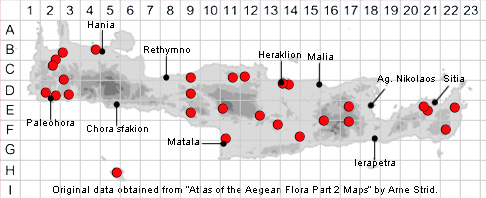

SPECIES DESCRIPTION
POLYGALA MONSPELIACA
Family and Genus:- See- POLYGALACEAE
Common Names:- Mediterranean milkwort
Homotypic Synonyms:- Polygala glumacea, Polygala sicula, Polygala
straminea, Tricholophus monspeliacus.
Meaning:- Polygala (Gr) Much-milk, (reference to the reputed improved milk yield
in cattle fed on milkworts.
Monspeliaca (L) From Montpellier, S. France.
General description:- Herbaceous, annual with a slender taproot, little branched,
Stems:-
1) Erect, solitary or few, slender, suberect, usually 10-20 cm tall.
Leaves:-
1) Leaves;
a) lower, narrowly elliptical,
b) upper, linear-lanceolate, acute.
Flowers:-
1) In a lax terminal raceme usually occupying at least half of stem, on pedicels
1-3 mm, erecto-patent at first, later nodding.
2) Sepals;
a) inner, (wings) 6-8 mm, narrowly elliptical, greenish-white, with conspicuous
veins.
3) Calyx, with 2 large wings from 6-9 mm, greenish white, up to twice as long as
the petals.
3) Corolla, shorter than the wings, whitish.
4) Keel, with a wide crest.
Fruit:-
1) Capsule, c. 5 x 3 mm, sessile, flat, narrowly obcordate, winged.
Key features:-
1) Wings, 6-8 mm.
2) Corolla, whitish.
Habitat:- Dry open shrubby vegetation, scrubland vegetation , dry grassland, open
coniferous woodland, olive groves. 0-800(-1200) m.
Distribution:- Scattered throughout mainland Greece. Widespread in the
Mediterranean region and eastwards to Iraq and Iran. A somewhat scattered
distribution across Crete
Flowering time:- Late Mar to early June.
Photos by:- Steve Lenton